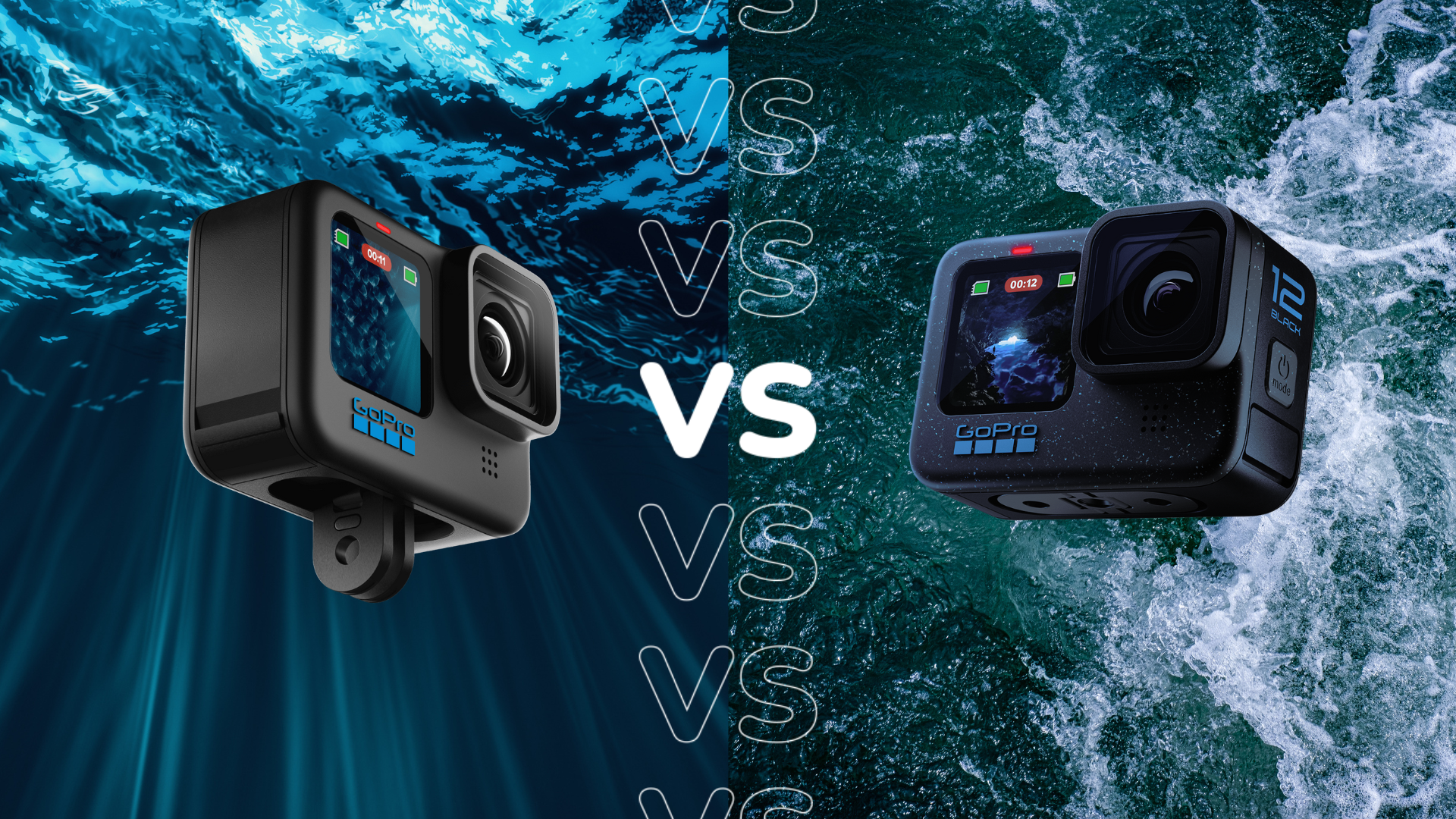Mini LED vs OLED: How do they differ?
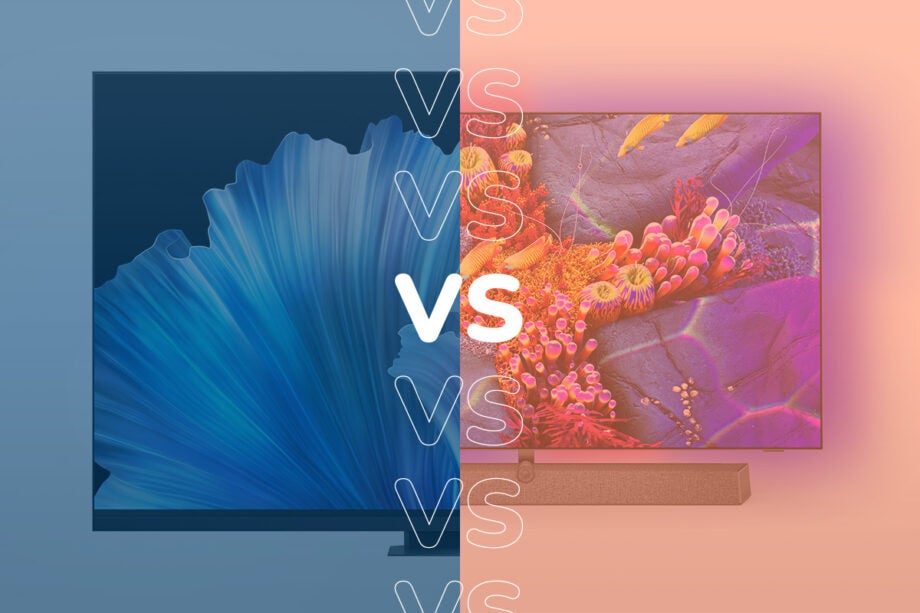
Researching a new TV purchase can be laborious, especially when you’re hit with acronyms such as OLED and Mini LED. Of these two types of TVs, what is the difference between them?
These two panel screen technologies have been around for a few years and have proved popular among customers looking for a better HDR performance.
Each one has its advantages and disadvantages, and is used across various devices such as smartphones, tablets, smartwatches, and TVs, but for this article we’ll be training our attention towards TVs.
So, is one better than the other, and if so which one? Ultimately, it’ll be determined by your needs.
How do they differ?
Mini LED is an advancement of LED LCD backlighting technology. ‘Mini’ refers to the size of the LED in the display that produces the light seen on screen.
By miniaturising the LED form factor, it allows for more LEDs to be squeezed into the display. With more LEDs comes a larger number of dimming zones, which allows for greater control over brightness, contrast, and black levels.
Some TVs have hundreds of these Mini LEDs, others have as many as thousands. It can depend on the size of the screen, although just because a screen has more dimming zones does not mean that it’s better – it’s more what you do with those dimming zones than the number you have.
OLED stands for Organic Light Emitting Diode. In OLED screens each pixel is self-emissive, and what that means is it can produce its own light when an electrical current is passed through it. This gives OLED what’s commonly referred to as ‘pixel level dimming’ wherein it doesn’t need a backlight to “tell” the screen which parts should be bright and which parts should be dark. It can control the brightness down to the individual pixel.
A pixel that’s ‘on’ can sit next to a pixel that is ‘off’, allowing OLED screens to have exceptional control over black levels and contrast.
Brightness
Mini LED screens can reach higher levels of luminance (or brightness), and unlike OLED, they don’t suffer from screen burn-in. Where is this advantage useful? Mainly with HDR content or use with mobile devices in bright sunlight.
A higher level of brightness with HDR content allows for a wider range of colours and tones to be depicted, making for what’s arguably a more accurate and true-to-life image.
For mobile devices, being brighter means being better able to resist the glare caused by sunlight, though Mini LED has only been used in a few tablets so far, such as some iPad models.
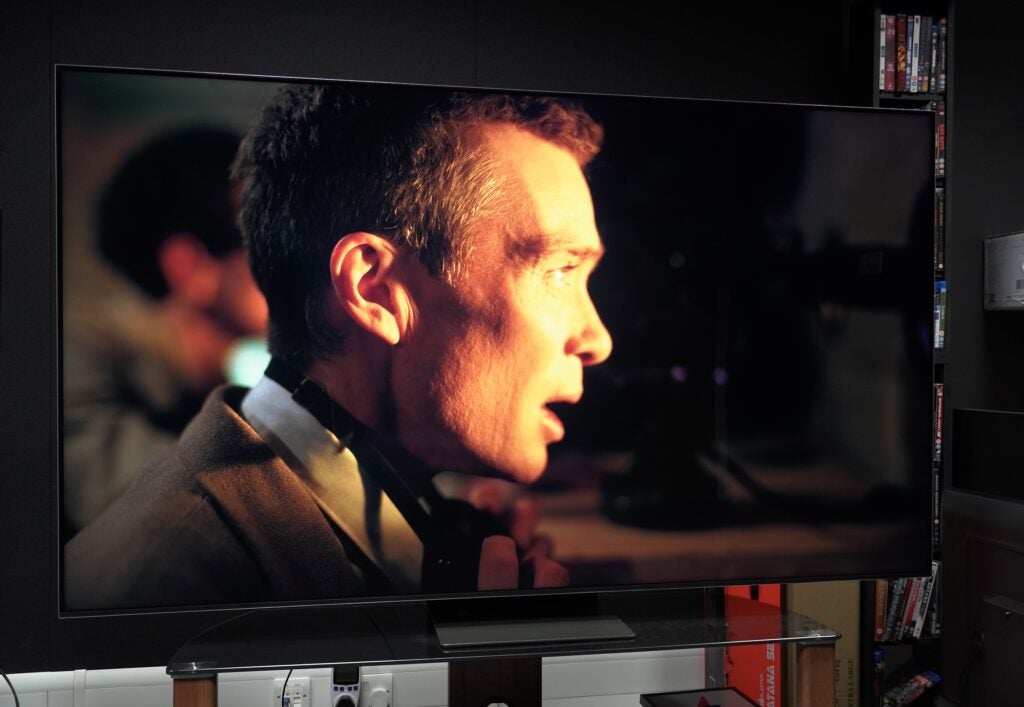
The same line of thinking applies to TVs whereby the brightness of a Mini LED panel copes better in brightly lit rooms than OLED where it is best suited to being viewed in dimmer rooms.
The conversation around this has changed, with OLED Micro Lens Array and QD-OLED screens able to strike above 1400 nits. However, TVs with this particular technology aren’t as affordable as Mini LED screens.
Less expensive OLED models such as the LG C3 and Sony A80L often average around 700-900 nits of brightness, while the Mini LED TVs we’ve tested that can be bought for similar money can regularly hit 2000 nits. If it’s brightness that you crave for your HDR home viewing experience, Mini LED still comes out on top.
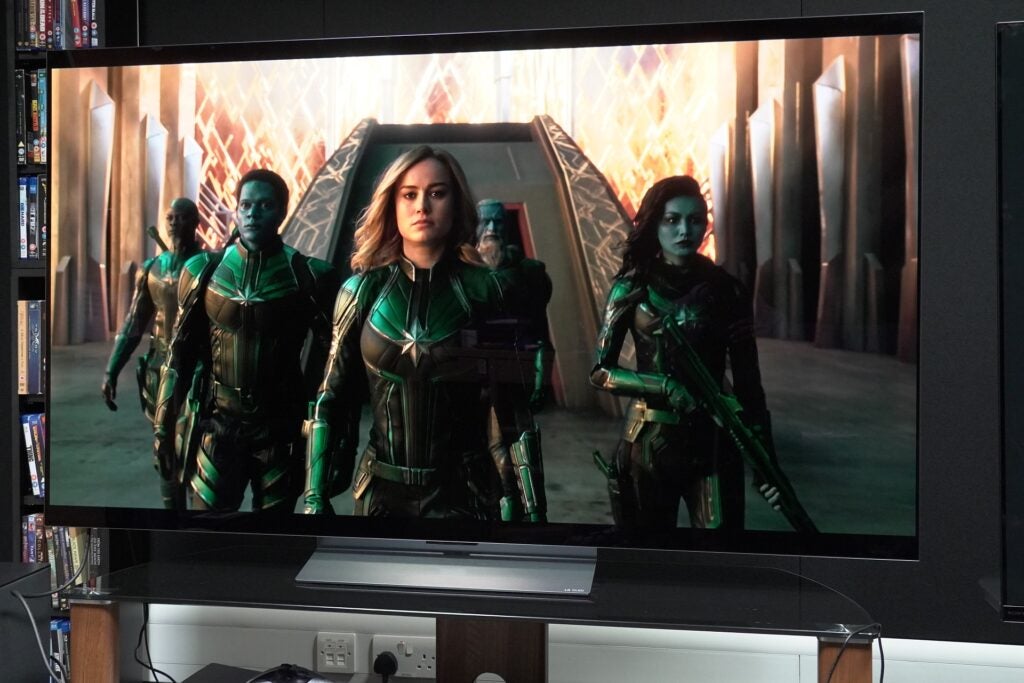
Mini LED wins
Contrast
While Mini LED amps up the brightness of LCD LED screens, its biggest weakness remains its backlight.
As we mentioned earlier, more LEDs mean more precise control over brightness and black levels, which can improve the screen’s contrast performance by enhancing the difference between the brightest and darkest part of the image. This helps to build a sense of contrast that makes for a more lifelike and attractive image.

But Mini LEDs can suffer from blooming. This is often a halo or cloud of light that surrounds a bright object. Another issue is backlight bleeding, where light leaks around the edges of the screen resulting in a blu-ish tone. All these issues can impact the black level performance of a TV.
OLED, by comparison, is capable of infinite contrast. When an OLED panel depicts black, the pixel is completely switched off. That means it produces no light whatsoever for ‘true blacks’. This is the holy grail for any screen.

And with new panel technology such as LG Display’s Micro Lens Array that’ll be used in the upcoming G4, M4, and Panasonic Z95A OLEDs, there’s more brightness available and when joined with perfect blacks it helps to create an even better sense of contrast that leaps off the screen.
The QD-OLED panel technology created by Samsung Display and used by Samsung Electronics and Sony is able to achieve similar levels of brightness as Micro Lens Array. Mini LEDs can hit a higher level of brightness, but OLED has better black levels, and that’s arguably more important for a less distracting viewing experience.
OLED wins
Viewing Angles
OLED and QD-OLED screens offer excellent viewing angles. You can move from one side to another and still see colours with the same intensity. With mobile devices, it’s useful as users don’t always hold the screen directly in front of them, so viewing the screen at different angles will still produce a consistent performance.
Viewing angles with Mini LEDs aren’t as good as OLED but they are often better than standard LCD LED. With Mini LED, viewing angles depends on the type of display used and the manufacturer’s own technology, so not every Mini LED TV will offer the same performance.
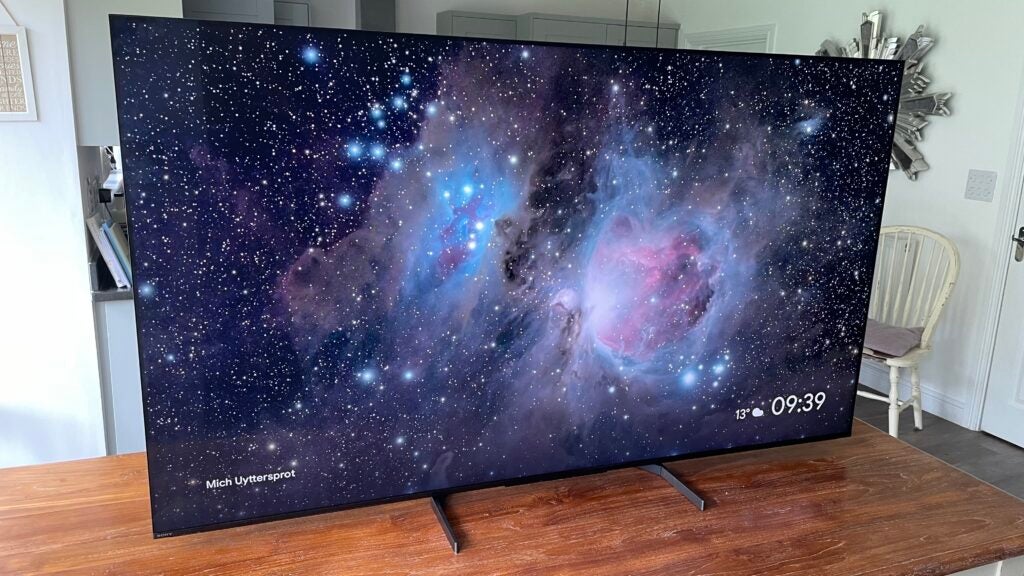
For instance, a Mini LED with an IPS (in-plane switching) panel offers better colour performance and good viewing angles. Another type of display used in TVs is VA (Vertical Alignment). This offers better contrast than IPS but viewing angles are narrower.
However, viewing angles for VA panels can be improved – Samsung implements its Ultra Wide Viewing angle while Sony has its X-Wide Angle tech that performs a similar trick. It can, though, lead to a reduction in image sharpness.
Regardless, if you’re someone who sits head-on to the screen then OLED or Mini LED works. If there’s more than one sitting down to catch a film or sports, OLED is the better option.
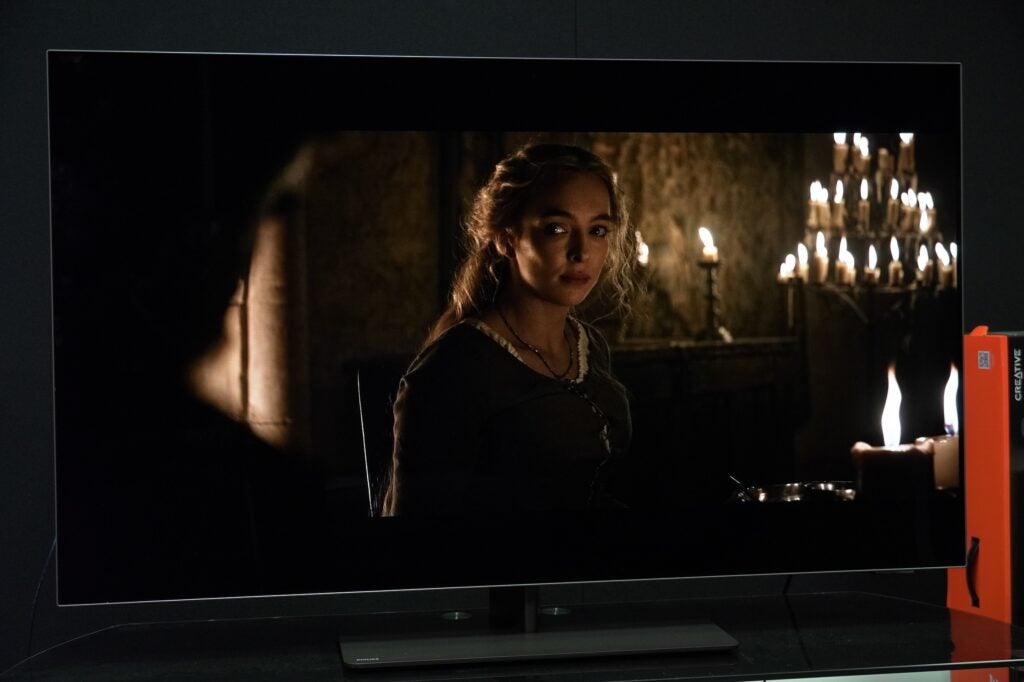
OLED wins
Colour
When it comes to colour, a TV’s processing is key, but brightness can have an effect too.
With standard OLED panels, we’ve mentioned that brightness is limited, and the result is that colour volume isn’t as good.
Broadly speaking, colour volume is the range of colours a display can show at different brightness levels. Being able to hit a higher brightness can mean a Mini LED TV depicts a wider and more accurate range of colours, although premium OLED screens have narrowed this gap.
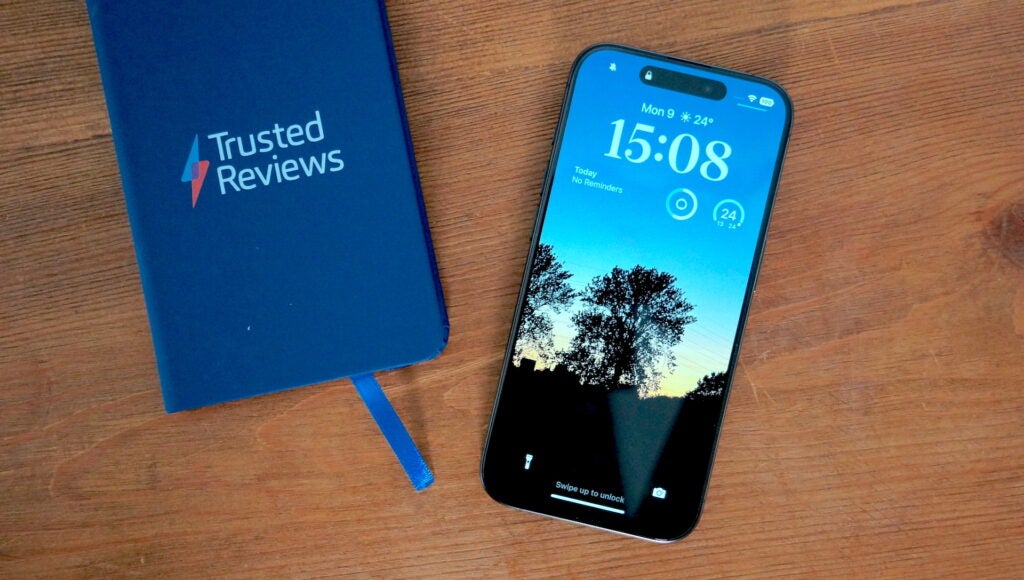
OLED screens are getting brighter, and smartphones like the iPhone 15 Pro can reach 2000 nits.
Micro Lens Array and QD-OLED technology have pushed forward brightness levels for OLED, and the Quantum Dot panel in QD-OLEDs has resulted in a wider range of colours shown.
Draw
Gaming
One more area to cover is gaming. Since the current generation of consoles arrived it’s flooded the market with new tech such as ALLM and Variable Refresh Rates. Buying a TV with these new features has become a priority for those after the best gaming performance.
OLED with its pixel level dimming can achieve excellent response times and higher refresh rates for faster gameplay and motion.
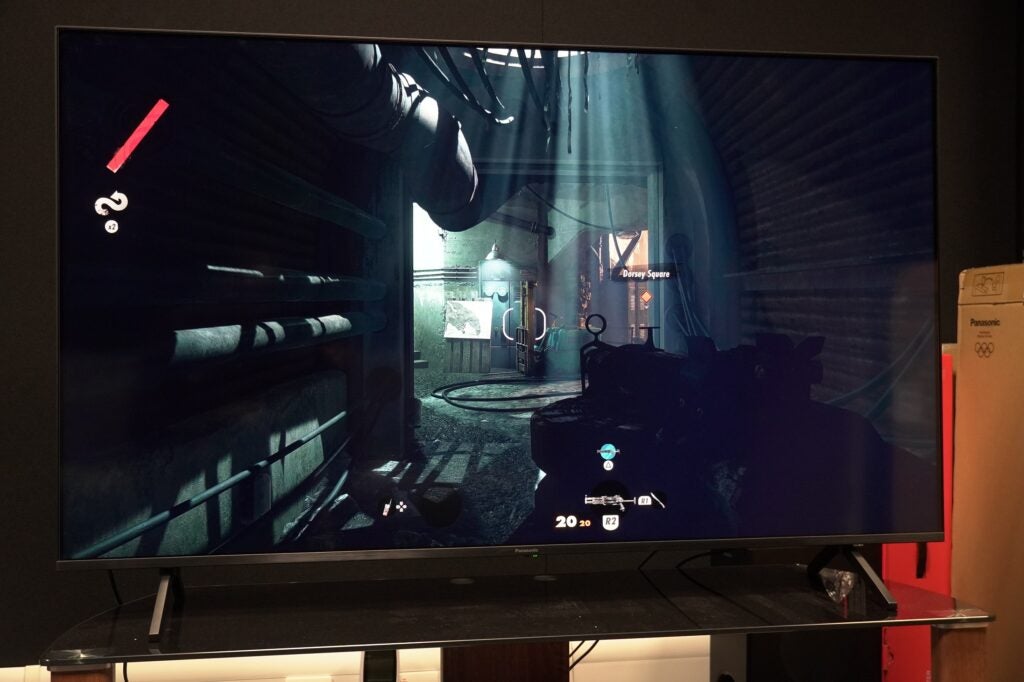
That’s not to say Mini LED is poor by comparison, but response times in switching from colour to colour is better on OLED. OLED’s disadvantage is image retention and burn-in. The former relates to static elements in an image being temporarily retained on the screen while burn-in is more permanent problem.
This is becoming rarer as TVs integrate improved anti burn-in technology and is unlikely to be an issue unless you’re using the TV for days upon days without end. As long as you use your TV like you normally would, image retention should be a rare occurrence.
OLED wins
Which is better?
The argument over which is better comes down to what you want. Both Mini LED and OLED have plusses and minuses.
Overall, we’d feel that OLED remains the better choice for movies and gaming with its perfect blacks, infinite contrast, and superior refresh rates, as well as its wider viewing angles. OLED’s attributes also make it better for less brightly lit rooms.
For those who watch their screens in bright rooms, Mini LED is a better option because of its higher peak brightness that combats ambient light washing out the colours on screen. HDR performance will have more impactful and colours have the potential to be more varied and accurate, though MLA and QD-OLED TVs are equally up to this task.
Blooming and black uniformity (the consistency of the black levels) is an issue, especially with cheaper, less advanced Mini LED TVs.
Mini LED is generally less expensive, though it’s worth noting the performance of cheaper models won’t be as good as the more expensive ones (naturally). OLED gets our vote, but if you’re a fan of HDR, Mini LED is a great way to showcase it.




